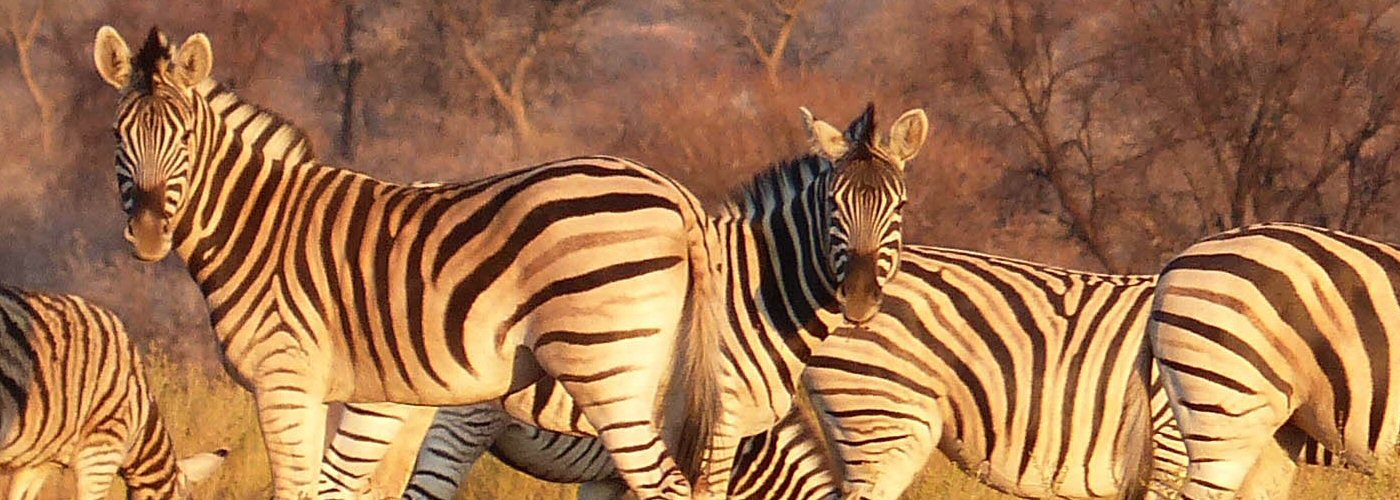

The International Union for Conservation of Nature (IUCN) has updated their Red List of Threatened Species. This is a list of animals that are endangered or that are very close to extinction. Each year, species are added onto the list and some are removed, which is great news! Out of the 112,432 species assessed by IUCN, they determined that 1,840 new species have been added to the list for being at risk of extinction. Sadly, this includes 30,178 species that are at serious risk for extinction.
Of those 30,178 species, 73 species declined, even though there were conservation efforts to keep them safe and alive. Some of the species include the Madagascan rousette, which is a bat native to Madagascar. They have been on the decline due to human hunting. Another specie is the Tana River red colobus, a Kenyan primate. They have been decreasing due to habitat loss. Three species of birds have been declared officially extinct. This includes the cryptic tree hunter (Brazil), Hawaiian po'o-uli (Maui), and the Spix's Macaw, (the blue bird in the animated film Rio!). A couple species have been added to the Red List of Threatened Species. This includes the Mediterranean fan mussel, of which 80-100% of the population has been affected by a deadly pathogen. The other one is the pseudo scorpion that has been plagued with invasive species. What is most shocking is that 826 species of Eucalyptus has been added to the list, with 25% that are threatened with extinction. 98% of Eucalyptus is found in Australia and is the primary food for Koalas.
IUCN mentioned that there is increasing evidence of the effects of climate change related to change in wildlife. The update revealed that 37% of Australian freshwater fish are threatened with extinction, of which 58% are impacted by the changing climate. The increased frequency and strength of hurricanes, such as Maria (2017), resulted in high bird and marine life mortality.
However, there is some good news. 10 species that have been on the list, including 8 birds and 2 freshwater fish, have been thriving! The flightless Guam rail has become the second bird in history to recover after being declared extinct. Another example is the echo parakeet of Mauritius, which has also made a comeback.




